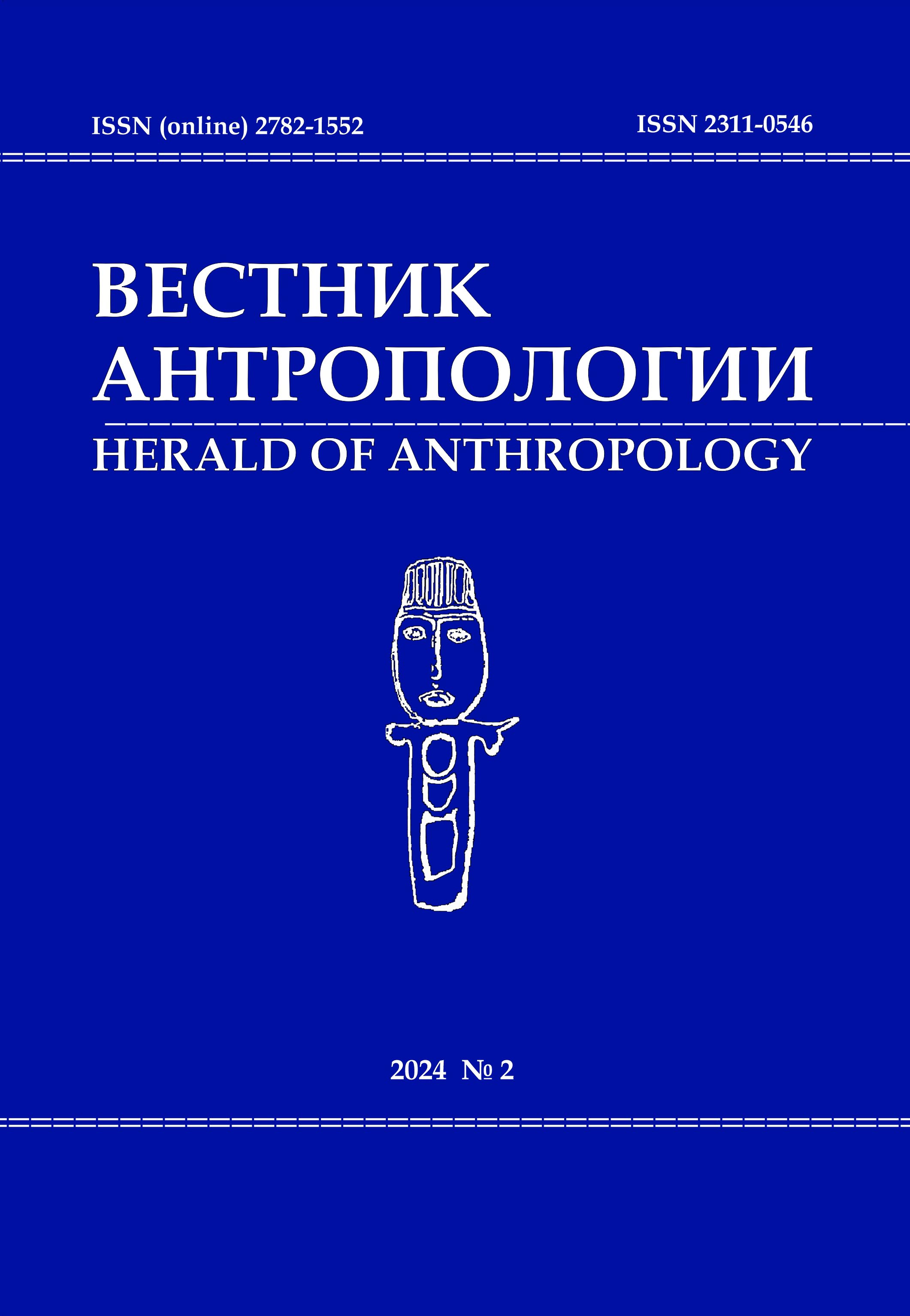Ethnogenetic Processes in Eastern Siberia and the Far East
DOI: 10.33876/2311-0546/2024-2/335-346
Keywords:
anthropology, Burkhotuys, Buryats, Manchus, Mongols, Mohe, Turkic peoples, Evenks, craniology, ethnogenesisAbstract
The article consideres two ethnogenetic braches in Eastern Siberia and the Far East: the Manchu-Tungus and the Baikal-Mongol (according to V. P. Alekseev). The peoples belonging to these branches are rather close anthropologically. However, there are characteristic anthropological differences. Recent genetic studies have not revealed genetic traces neither of assimilation of the Evenk groups by the Buryats, nor the inclusion of Buryat groups in the Evenks. The results of paleoanthropological studies suggest a genetic continuity between the population of the Mohe and Burkhotuy cultures with the modern the Manchu-Tungus and Mongol peoples respectively. A craniometric study of medieval tribes revealed certain anthropological differences between the Mohe and Burkhotuy samples. Considering modern ethno-historical realities and anthropological data on medieval tribes, the authores come to the conclusion that there were two centers of ethnogenesis. By the middle of the 1st Millennium AD these centers can be defined as Manchu and Mongolian. The Manchur center gave rise to the modern peoples of the Far East. Craniometric data suggest that the Evenks separated from the Manchu peoples of the Amur region, settling far to the north and north-west along the taiga zone of Eurasia. The Mongolian peoples, originating from the Argun region, advanced southward to the territory of Buryatia, Mongolia and Northern China. At the same time, the data from the canonical analysis demonstrated a significant similarity between the Mohe and Burkhotuy people based on cranial data. The authors try to interpret this controversy, but the problem requires further paleoanthropological research.





















